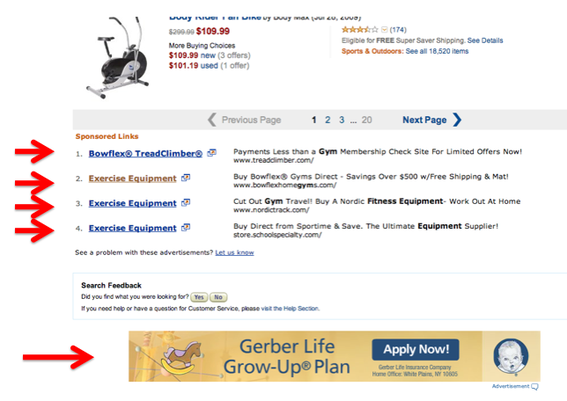In “Understanding Google’s Algorithm Changes,” contributing editor Jill Kocher explained the frequency and magnitude of Google’s ongoing search algorithm changes. Having read that terrific article, it reminds me of the importance of diversifying your store’s traffic sources. As an ecommerce storeowner, you likely feel captive by what Google decides to do with its algorithms, search user interface, and ad placements.
In some cases, the changes may benefit your store and deliver more traffic. In others, the changes can be disastrous. If you operate your store for a period of years, you will likely encounter both.
Many online stores depend on Google for the lion’s share of their traffic — some stores receive more than 80 percent. But storeowners should diversify that traffic as much as possible. You will have less dependence on Google, and you’ll likely open up new revenue sources.
Alternative Traffic Strategies
Google has approximately 85 percent of the global market for search traffic on desktop and laptop computers, according to published sources. Yahoo! and Bing have 7 and 4 percent, respectively. On smartphones and tablets, Google’s share is more than 90 percent. At first glance, it’s hard to imagine a better source of visitors than Google.
But here are 12 alternative traffic and revenue sources that could lessen your dependence.
- Direct traffic. Encourage repeat shoppers through targeted email promotions, blogs, weekly or daily specials, new products, and loyalty programs. Repeat shoppers should convert at a higher rate than new visitors. Invest in programs that encourage this.
- Retargeting advertising. This is a huge growth area and represents the ability to convert new shoppers by targeting them with ads after they leave your site. Your ads will appear on other sites that those shoppers visit, and you can present offers to bring them back to your store.
- Facebook. If you keep a conversation going on Facebook with your fans, you can create a lot of traffic to your stores. That usually leads to sales when the visitors are ready to buy.
- Twitter. Twitter is a mystery for many online stores. It’s a good place to hold a conversation with consumers, who will quickly share your offers with others. And it’s where a segment of your customers congregate online. Make sure you are tapped into Twitter to take advantage of it. Younger shoppers — 18 to 25 — are using Twitter instead of Facebook for much of their online browsing.
- Pinterest. A good source of new referrals. There is much innovation happening here. Engage and see how you might leverage this platform for visitors and buyers.
- Affiliate referrals. Affiliate networks may have taken a hit with the recent Google Penguin update. But there are many viable alternatives in this space for promoting your content and products within affiliate networks.
- Banner ads on targeted niche sites. Most markets have industry specific media sites that publish relevant articles. Practical Ecommerce is a good example of one. Invest in targeted banner or content ads on those sites to reach your target market without guessing at keywords. Your prospects are reading those sites. Make sure you have a presence.
- Mobile ads. This is an emerging area that will likely grow dramatically over the coming years. Banners and opt-in text-message ads will likely become popular as we see more innovation and investment by sellers and more acceptance by consumers.
- Mobile apps. We’ll likely see more mobile shopping apps over the next few years. A well-designed app may provide a better shopping experience than a mobile-optimized or conventional website. You can promote your apps in Android and Apple app stores.
- Mobile sites. If you have a mobile shopping site, you will have a huge advantage with anyone shopping online. This will provide you with an opportunity to steal customers from your competitors who are not mobile friendly.
- Comparison-shopping engines. For certain products, comparison shopping engines are a must if you want to be seen by your potential buyers. Investigate carefully before you invest here — in many cases the large marketplaces, such as Amazon, will outbid you for top spots.
- Marketplace ads. If you don’t sell on Amazon, be sure to run Product Ads there. Many sellers have good results doing so. Amazon offers an ad platform that accepts your product feed and allows you to bid on pay-per-click ads that show at the bottom of its product pages. Your prospect is already shopping for that product, so you have a highly qualified shopper clicking through.
Searching "exercise equipment" at Amazon produced these ads at the bottom of the search results. Enlarge This Image
Enlarge This Image
Summary
These are just some of the alternative traffic sources for online merchants. If you feel like your sales depend on Google, invest some time and money in other traffic-producing venues. Shift your Google referral traffic to the 50 percent range. Your revenue will be more diversified as you will find new consumers that don’t use Google as their primary shopping source.





